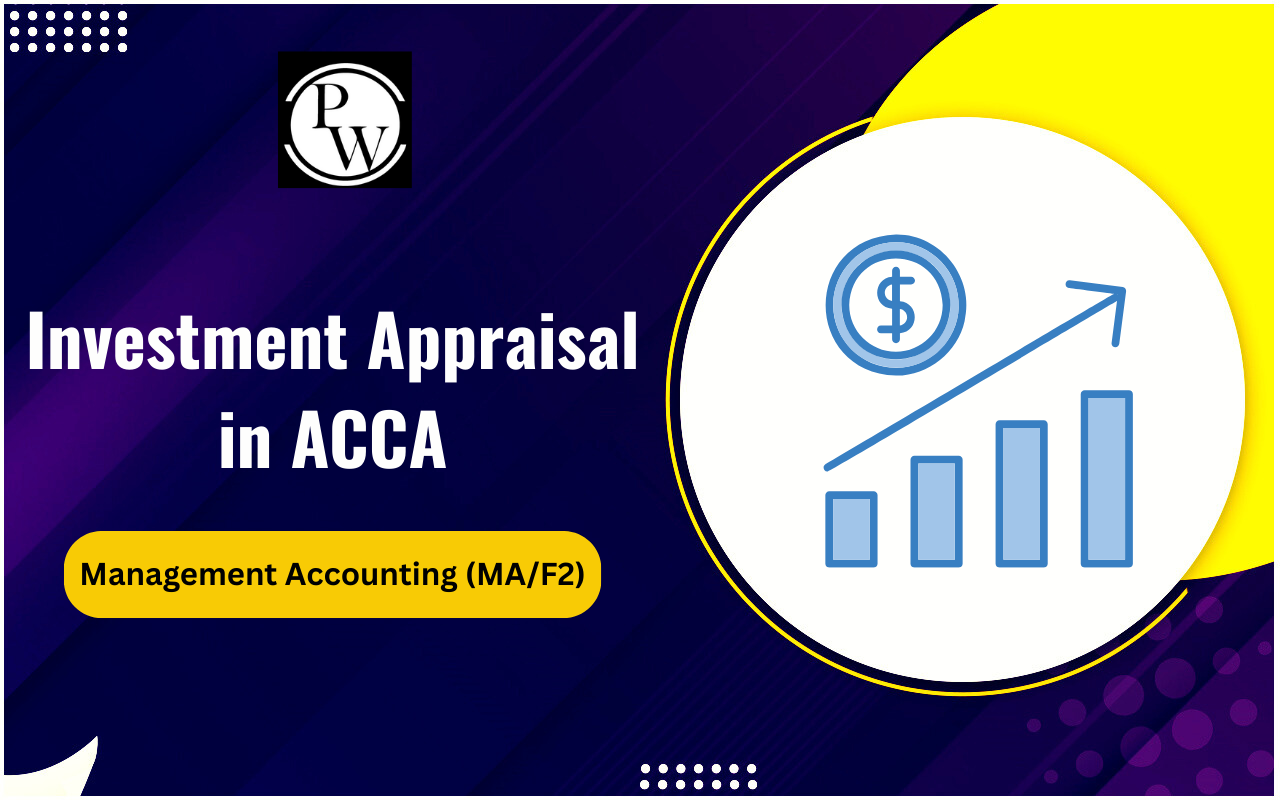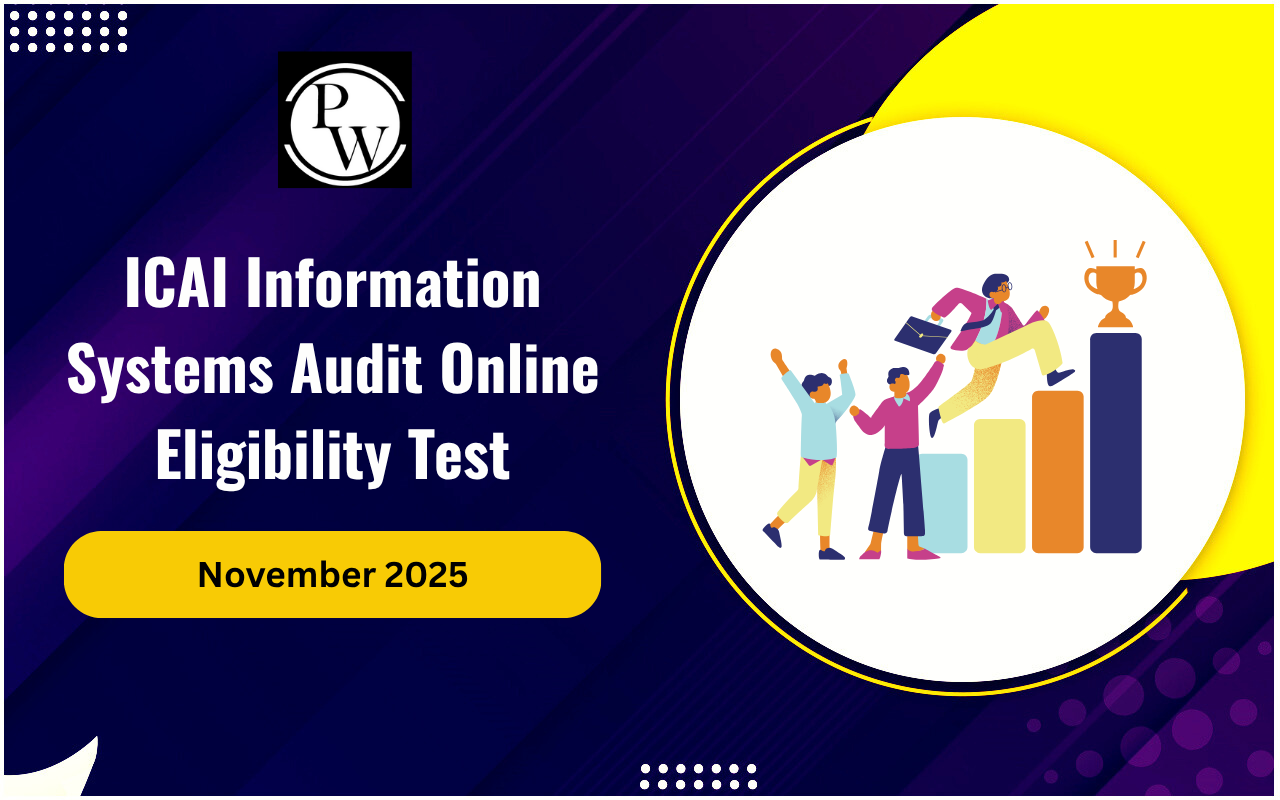
In a world that often feels like a whirlwind of numbers and graphs, it’s refreshing to know that economics can still be deeply human. One such human-centric approach is the Keynesian Theory, a revolutionary idea that shook the traditional ways of looking at income and employment.
For CA students, diving into this theory isn't just an academic necessity, it’s a journey to understand how economies breathe and react. So, let’s explore how the Keynesian Theory redefined national income determination and continues to influence fiscal policies and decision-making to this day.
What is Keynesian Theory?
The Keynesian Theory, introduced by the great economist John Maynard Keynes during the Great Depression, focuses on total spending in the economy and its effects on output and employment.
Unlike classical economics which believes markets are always self-correcting, the Keynesian Theory argues that demand is what drives economic activity, and that sometimes, government intervention is necessary.
This theory challenged the idea that "supply creates its own demand." Instead, Keynes believed that low demand can result in prolonged unemployment, and thus, national income depends primarily on aggregate demand.
Keynesian Assumptions
The Keynesian Theory works under a few key assumptions:
-
Prices and wages are sticky, meaning they don't adjust quickly to changes.
-
Investment depends on expectations and marginal efficiency of capital.
-
Government expenditure and taxation play a vital role in influencing aggregate demand.
-
The economy can reach equilibrium at less than full employment.
Role of Aggregate Demand and Aggregate Supply
The following are the fundamental forces that shape the determination of national income under the Keynesian Theory, aggregate demand and supply.
Aggregate Demand
In the Keynesian Theory, aggregate demand is not just a sum of numbers, it's the soul of the economy. It includes consumption, investment, government spending, and net exports. When aggregate demand is high, businesses thrive, jobs are created, and national income rises. When it is low, the opposite happens, recession creeps in, and unemployment rises.
Imagine you're in charge of auditing a company whose revenues are tanking. According to the Keynesian Theory, it might not be their fault entirely, it could be a sign of weak aggregate demand in the economy at large.
Aggregate Supply in the Short Run
Unlike classical economists who assume supply is flexible, the Keynesian Theory takes a more grounded view. In the short run, aggregate supply remains relatively inelastic. Producers won’t just increase output because prices rise. Labor contracts, machinery limits, and investor confidence play critical roles in determining supply.
Also Check: Differential and Integral Calculus in Business and Economics
Equilibrium Level of National Income
The Keynesian Theory presents a practical and relatable way of understanding how equilibrium is achieved in an economy, not just theoretically, but in the real-world setting of markets and jobs.
How Equilibrium is Achieved
The equilibrium level of national income, according to the Keynesian Theory, is determined at the point where Aggregate Demand (AD) equals Aggregate Supply (AS). If AD is more than AS, inventory levels fall, pushing producers to increase output. If AD is less than AS, unsold goods pile up, causing production cuts.
This balance is where an economy settles, not necessarily at full employment, and that’s a critical takeaway. The Keynesian Theory makes it clear that an economy can be in equilibrium even when many people are unemployed.
Importance of the Multiplier Effect
One of the jewels of the Keynesian Theory is the multiplier effect. A change in investment doesn't just have a one-time impact. It ripples through the economy, amplifying the total change in income.
For example, if the government spends ₹1 crore on infrastructure, it pays workers who then spend on goods and services, creating more income for others. As a CA, recognizing the multiplier effect helps in understanding the broader impact of fiscal decisions.
Employment and the Keynesian Perspective
Employment is a crucial area where the Keynesian Theory brings a compassionate and realistic view, recognizing that not all unemployment is voluntary or self-correcting.
Full Employment
One of the boldest claims of the Keynesian Theory is that full employment is not the natural state of an economy. Left to itself, the market may settle for an underemployment equilibrium.
This insight is golden for CA students studying labor costs or economic policies. Knowing that unemployment can persist without intervention allows you to better evaluate risks and advise clients or government agencies.
Involuntary Unemployment and Sticky Wages
Another emotional aspect of the Keynesian Theory is its acknowledgment of involuntary unemployment, people who want to work at the current wage but can’t find jobs. Keynes argued that wages are "sticky downward," meaning they don’t fall easily even when there's a surplus of labor.
It’s a sobering but essential reality. Not every jobless person is lazy or inefficient, sometimes, the system itself needs a push. This humane outlook of the Keynesian Theory makes it more than just a model, it becomes a mirror of society.
Policy Implications of the Keynesian Theory
The Keynesian Theory is not just academic, it lays the foundation for practical economic policymaking. Let’s examine how this theory influences government action and fiscal policy.
Role of Government in the Economy
Unlike laissez-faire policies of classical economics, the Keynesian Theory advocates for active government intervention. During downturns, the government should increase spending and lower taxes to boost demand. During booms, it should cut spending and increase taxes to cool off the economy.
For you, as a future Chartered Accountant, this aspect of Keynesian Theory is crucial. You'll be analyzing budgets, understanding policy moves, and advising clients on how to align with or react to fiscal changes.
Deficit Financing and Fiscal Stimulus
Another bold takeaway from the Keynesian Theory is that running a deficit is not always bad. In fact, during recessions, it’s necessary. Borrowing to spend more can actually save the economy from deeper slumps.
Imagine advising a business that’s scared of deficit spending. Drawing from Keynesian Theory, you could explain how strategic borrowing now can lead to greater revenues in the future.
The Keynesian Cross and 45-Degree Line
In graphical terms, the Keynesian Theory uses the Keynesian Cross to show equilibrium income. The 45-degree line represents all points where output equals expenditure. The point where planned spending equals total output determines the national income level.
This visualization isn’t just academic, it helps in making forecasts, understanding data, and interpreting national budgets as a finance professional.
| Also Check: | |
| Theory of Consumer Behaviour | Issue, Forfeiture and Re-Issue of Shares |
| Price Output Determination Under Different Market Forms | Coding and Decoding |
| Retirement of a Partner | Social Accounting |
Keynesian Theory of Determination of National Income FAQs
What is the Keynesian Theory in simple terms?
How does Keynesian Theory differ from classical economics?
Why is the Keynesian Theory important for CA students?
Does the Keynesian Theory support deficit spending?








